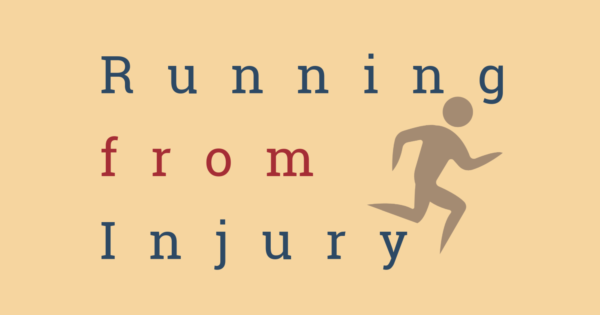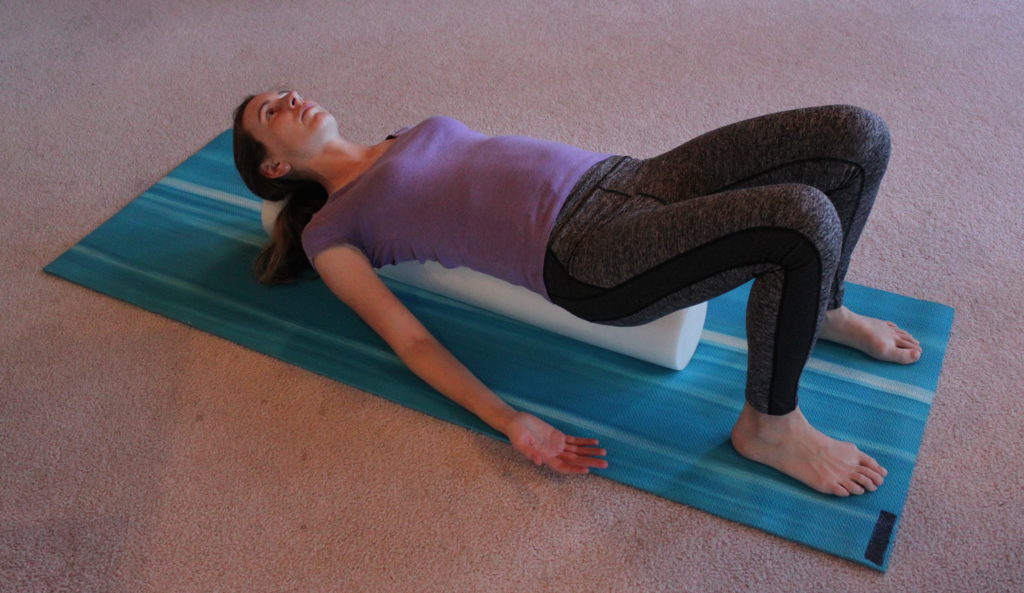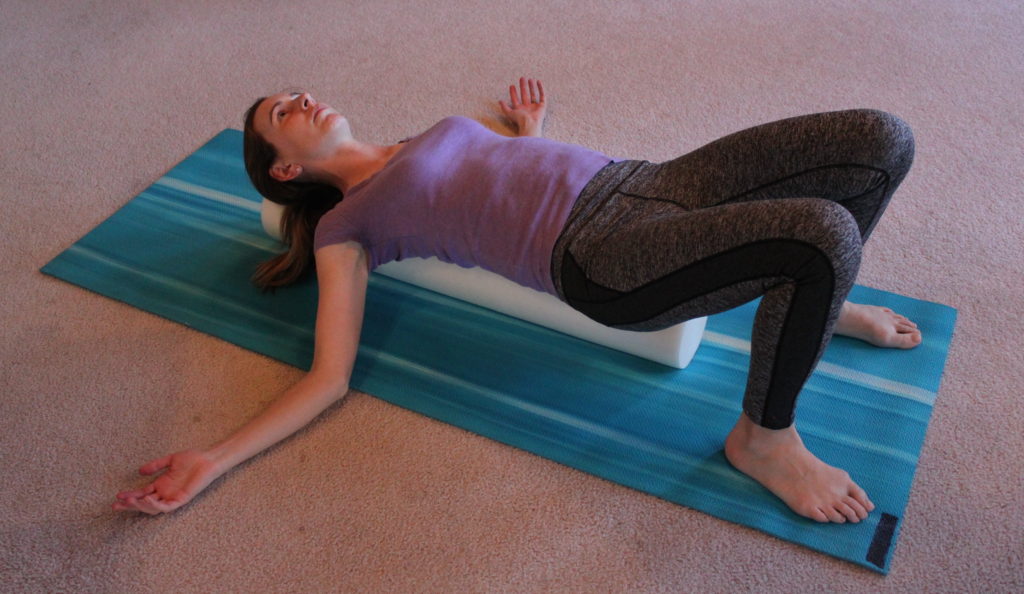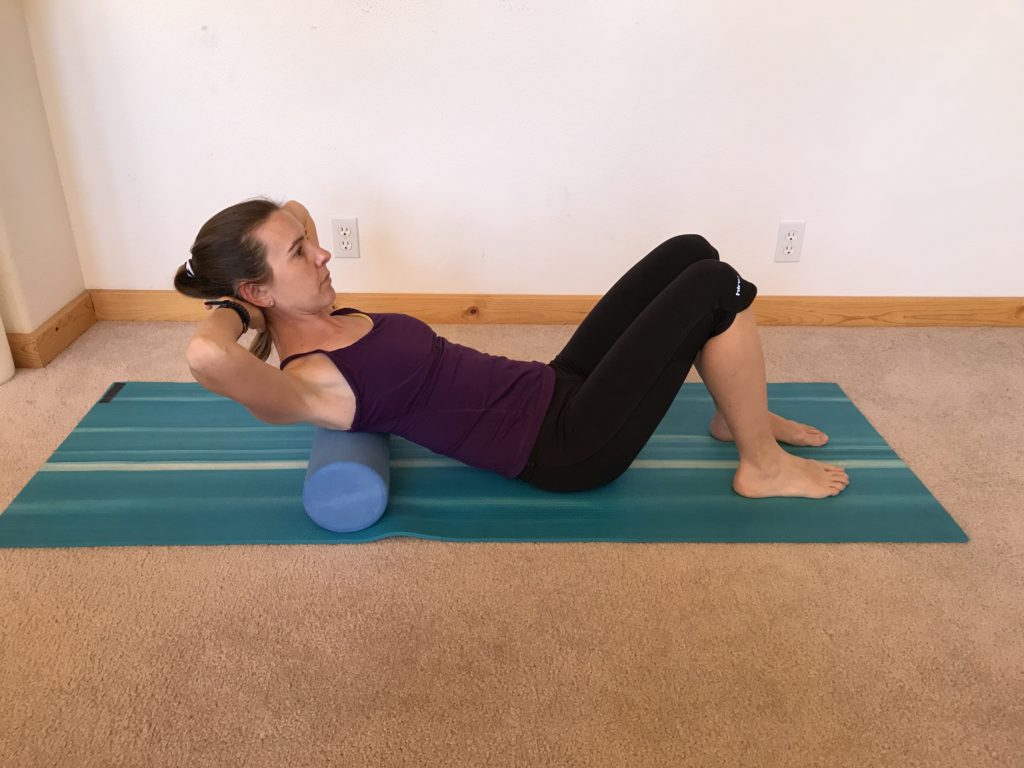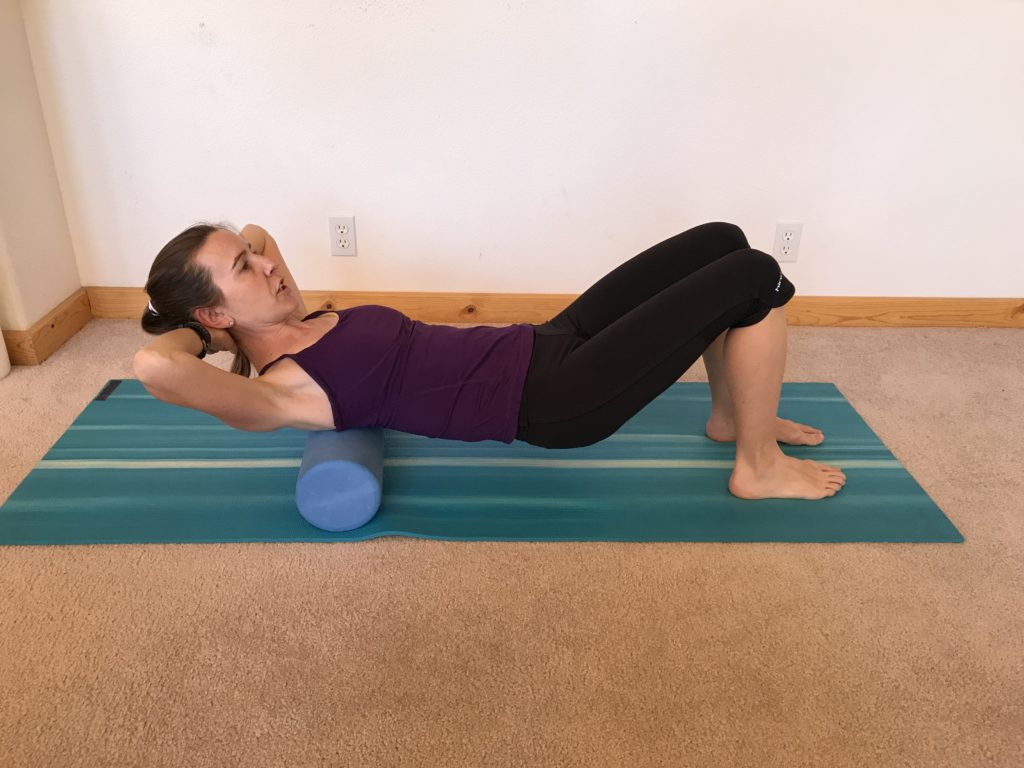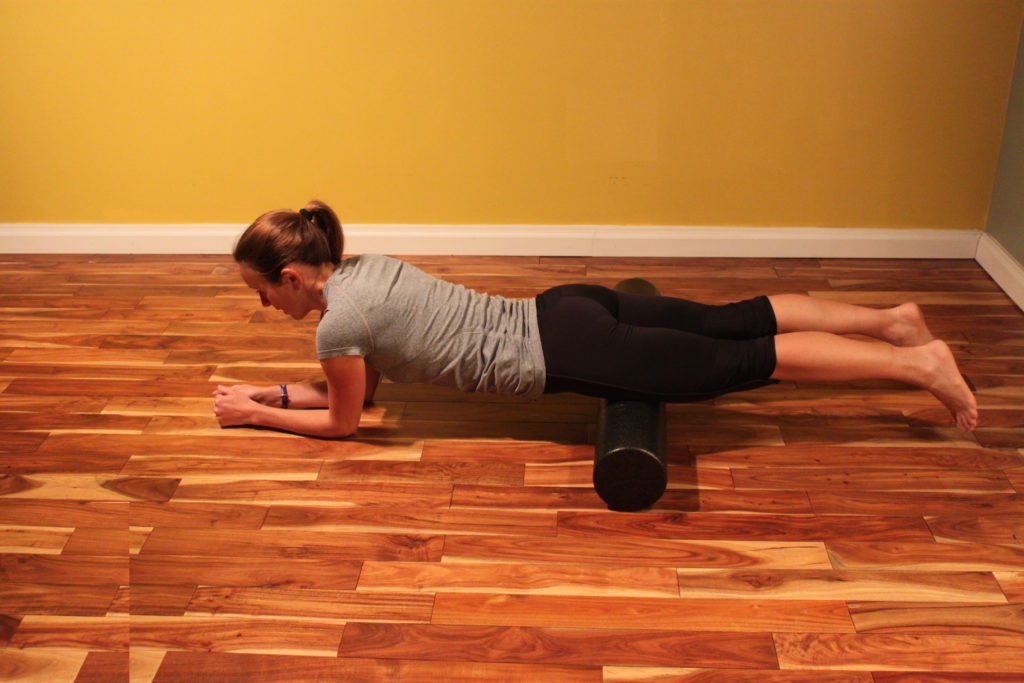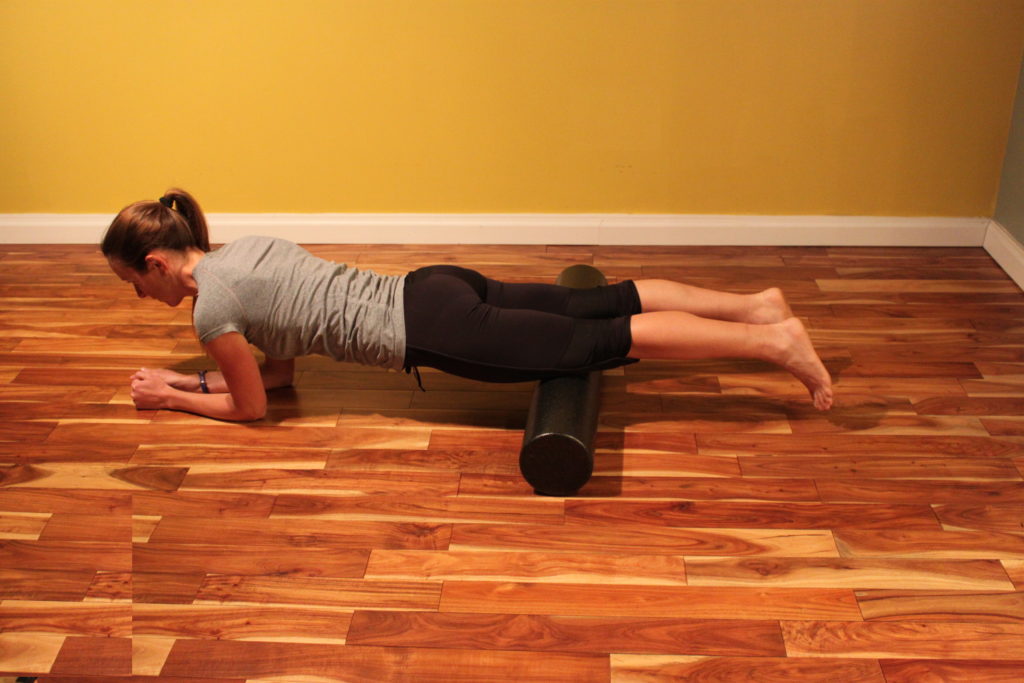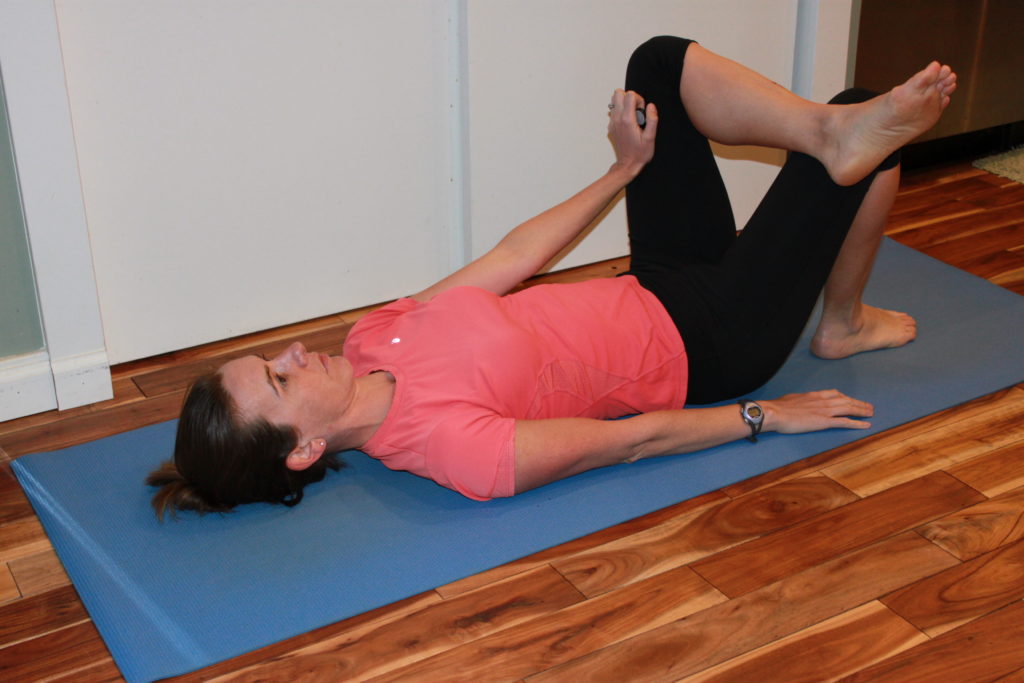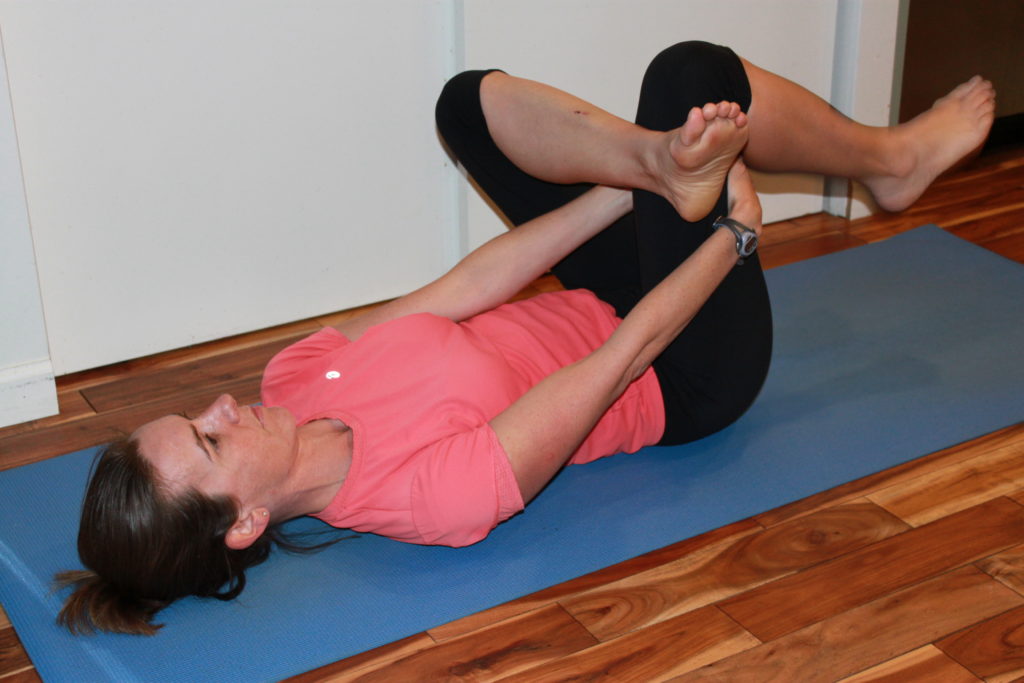OK, so I know that this is supposed to be a blog about running and the prevention and treatment of running injuries. However, I want to talk a little about cycling, as it is one of my favorite modes of cross training. More importantly, I want to give some advice on some good post cycling exercises.
When on a bike, specifically a road bike we tend to be sitting with our arms in front of us, and hands on the handlebars. While this position isn’t necessarily bad, if you are in that position for several hours with your legs cranking away on the pedals, things may stiffen up.
After a long bike ride, you may notice some stiffness or soreness in your upper back, shoulders, hips and legs. These exercises are to help improve circulation and mobility in these areas. Improving circulation and mobility can help your body to recover (so you can go for a run, or do another bike ride the next day). Also, if you keep your muscles and joints mobile, they will be more efficient in helping you move. An efficient body is less prone to injury.
These exercises can also be used post run. Even though I am discussing the exercises in the reference of things to do after a bike ride, that you can ONLY do them after a bike ride. No, these could be done after a run, a long day at the office, or a long car/plane trip.
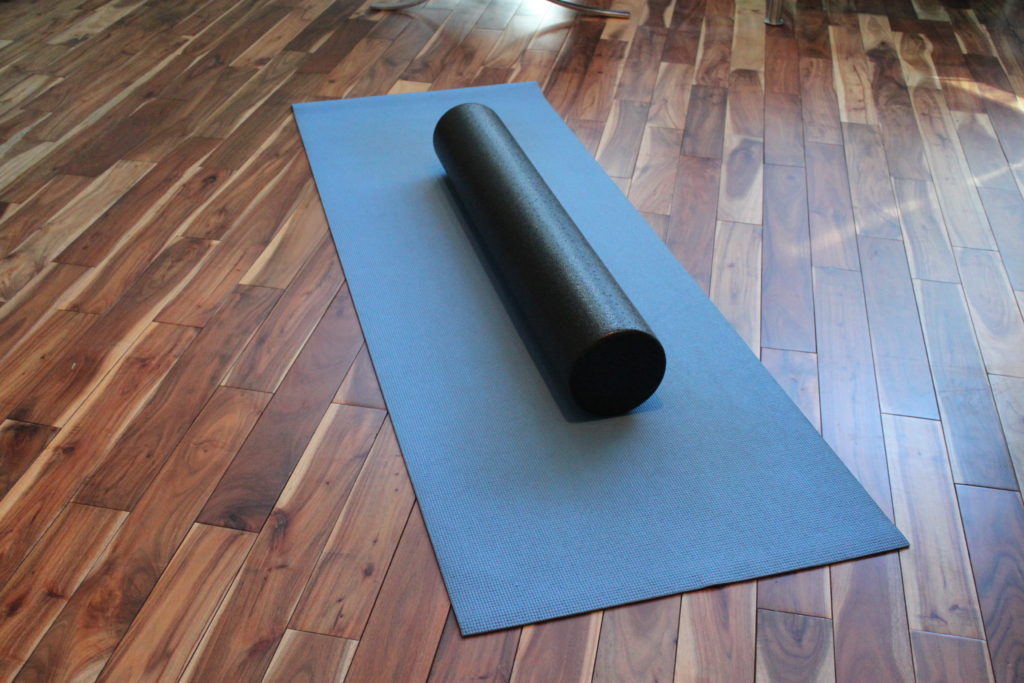
To do these exercises I recommend that you have two things: enough space to lie flat on the ground, and a foam roller. Ideally, the foam roller for these exercises should be 36 inches long and 6 inches in diameter. The roller can be smooth or have bumps. If you happen to have a roller that is a little smaller than the dimensions that I mentioned, do not worry. You can still use it for most of these exercises.
Foam roller:
Do each exercise 10 times, or for 1 minute. Do not move into pain.
Pectoral stretch:
Lie lengthwise on the foam roller with your arms positioned on the ground. Then start to bring your arms out to the side and over your head (as though you are making snow angels). Do not try to force your arms to the floor if they start to lift up. You might feel a stretch in the front of your shoulders and/or chest. Do not move into pain. Then start to bring your arms down by your sides.
Upper back mobilization:
Lie back on the foam roller so that it is perpendicular to you and positioned around your shoulder blades. Lift your hips up, and start to walk forwards (away from you) so that the roller rolls up to the tops of your shoulders. Then walk backwards (towards you) so that the roller rolls to the bottom of your shoulder blades.
Quadriceps:
Position yourself so that you are on top of the roller with the roller at your thighs. Walk forward using your elbows or hands so that the roller rolls towards your kneecaps. Do not roll over your kneecaps! Then walk your elbows or hands backwards so that the roller rolls back up towards your upper thighs.
Iliotibial Band (a.k.a. IT band)
The IT band is a band of connective tissue that runs from the top of your femur or thigh bone to your knee. The job of the IT band is to provide stability to your knees. While the IT band isn’t a muscle. Repetitive movements (such as riding a bike or running) can cause friction between the IT band, and the outermost quadriceps muscles. As a result of this friction, adhesions can form. These adhesions can cause tension, snapping, or pain at the hips and knees.
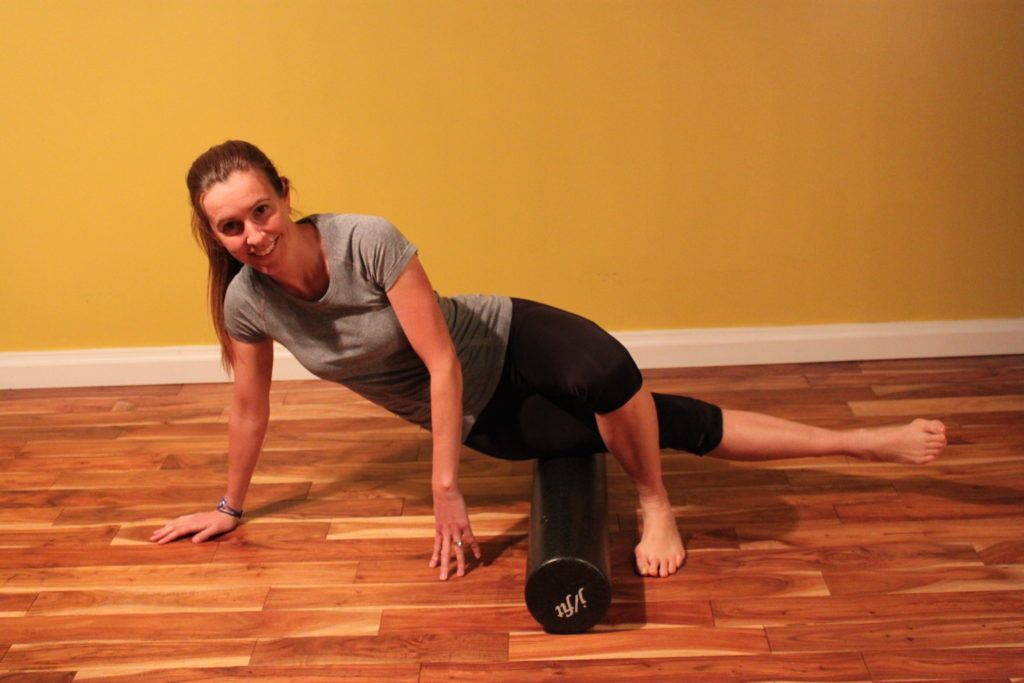
To mobilize this area p
Calves
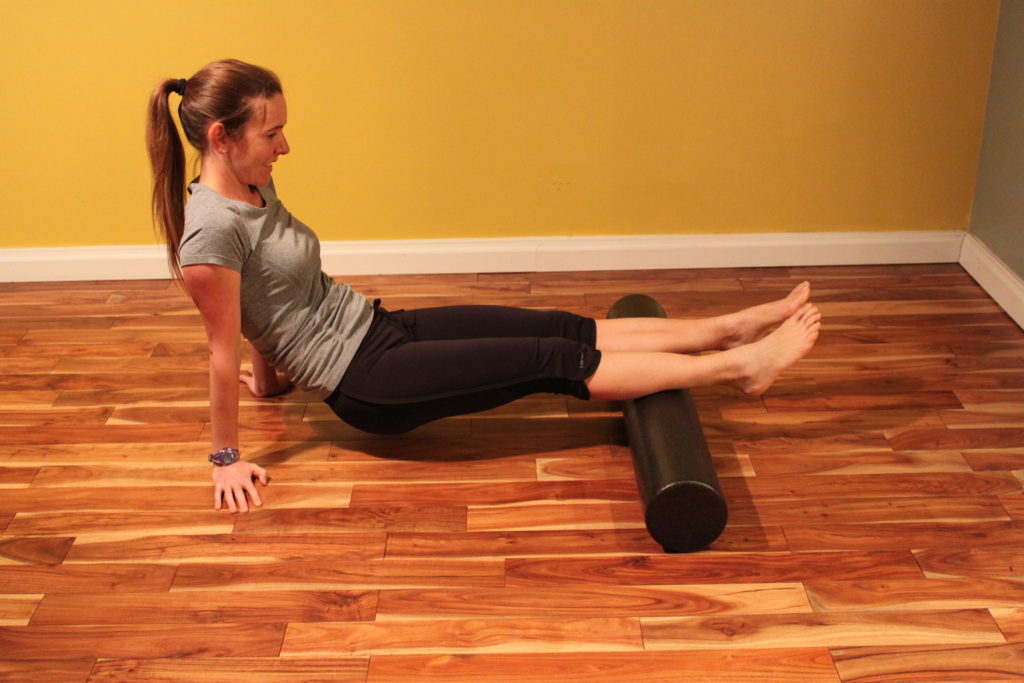
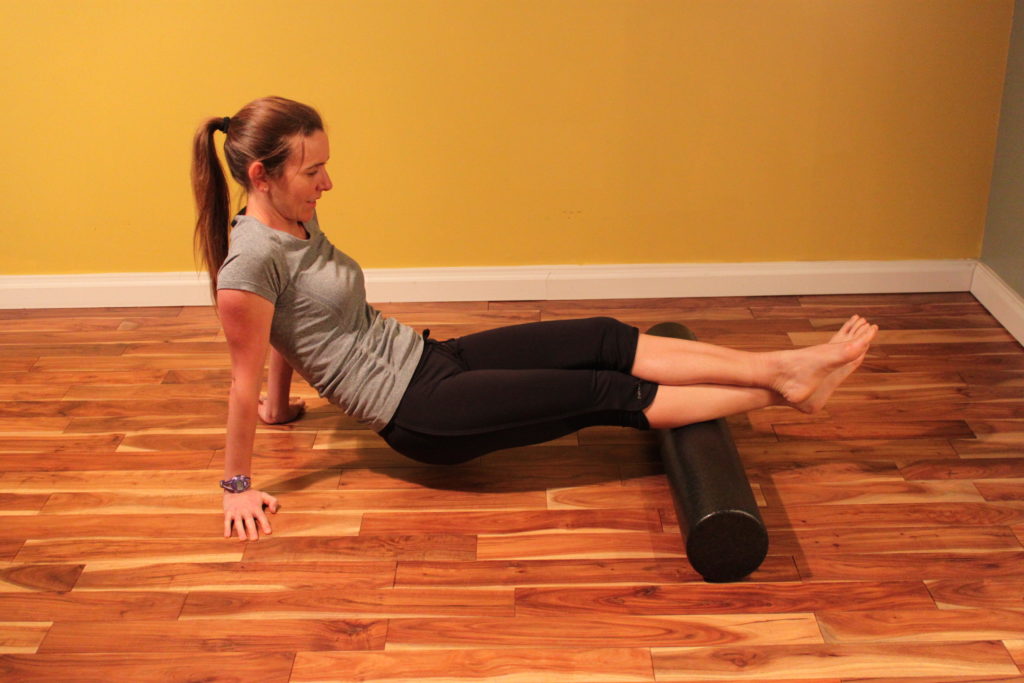
This is a variation to add more pressure. Cross one leg over the other.
Position the roller underneath your calves. Use your hands to lift your hips off of the ground. Walk your hands towards the roller so that the roller rolls up towards the back of your knees. Then walk your hands away from the roller so that the roller rolls down towards your ankles.
Stretches:
Hold each stretch for 1-2 minutes. Keep breathing while you are in the stretch, and do not move into pain.
Hip flexors
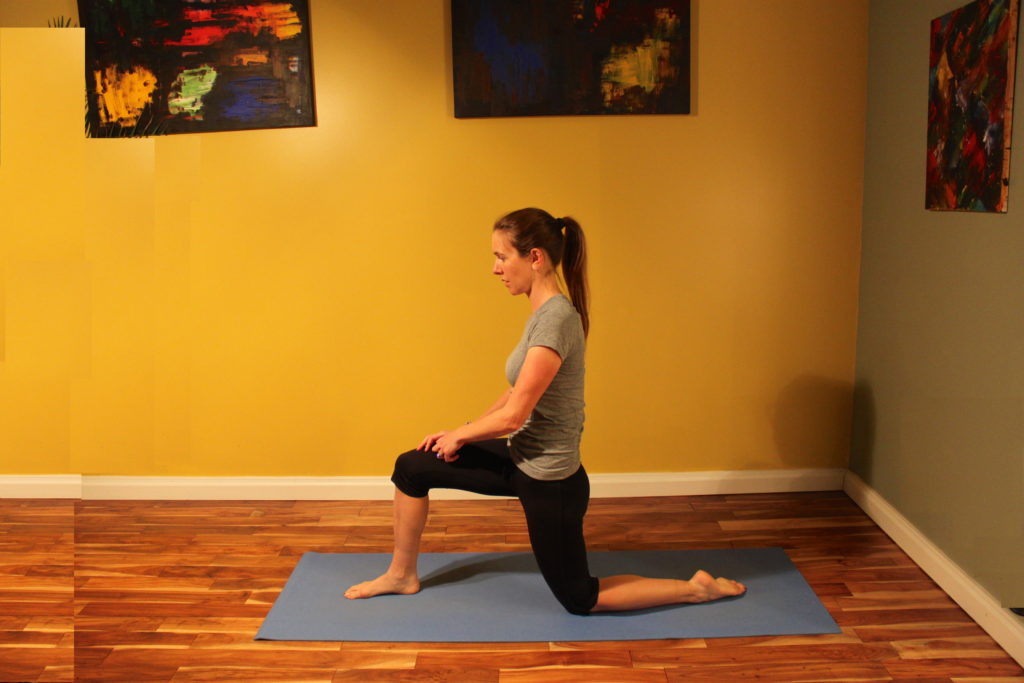
Go into a half kneeling position. Tuck your tailbone under and gently squeeze your glutes (aka your butt muscles). Then start to bend the front knee. This should cause the hip of the other leg to extend, and you should feel a stretch into the front of that hip.
Figure 4
Lie on your back with your knees bent. Place the ankle of one leg over the opposite knee. Depending in your flexibility, you can:
-Push the knee away
– Lift the supporting leg and hip it with your hands
Give these exercises a try. They should have you moving a feeling a little better after a long day in the saddle.
